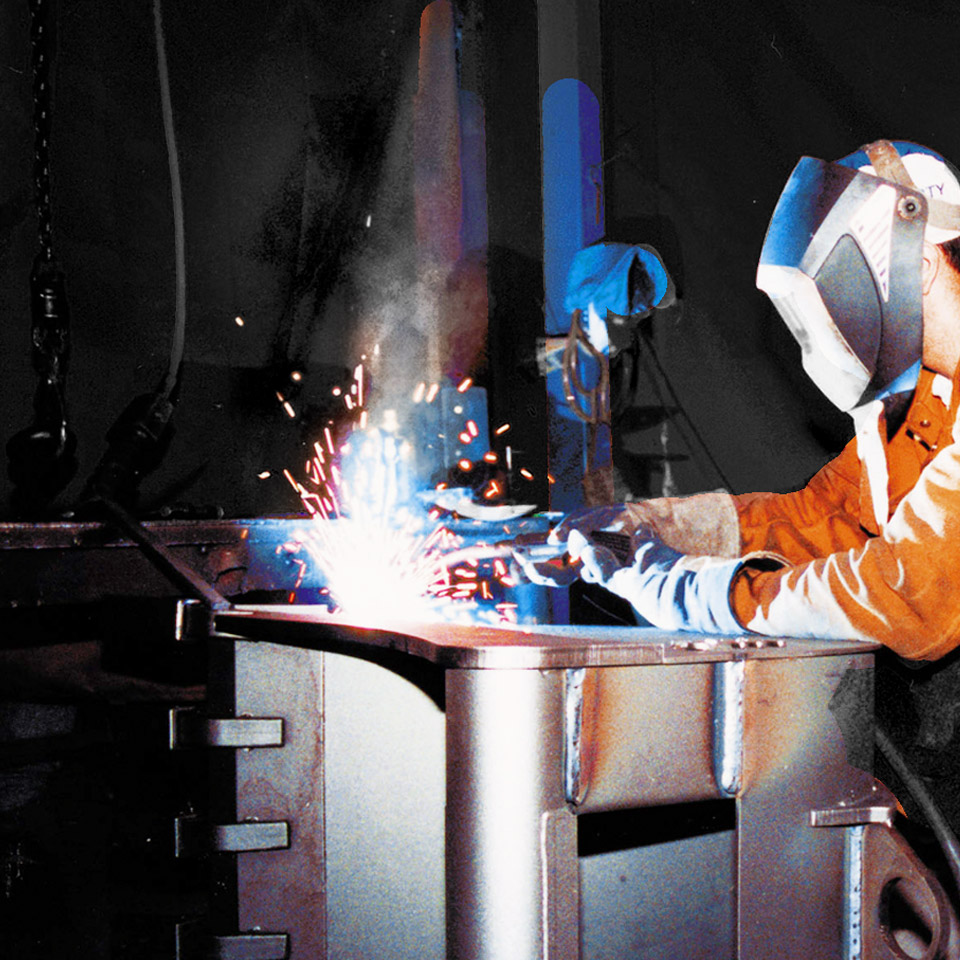Cost is always a factor when making a decision about your welding operation. Fortunately, the cost to change from solid wire to metal-cored wire is generally minimal — especially if you factor in the labor savings and increased productivity you can gain.
There are a four key steps to the process.
- Welding operation study. Your filler metal provider can study your operation on-site or recreate the part production in its lab using solid wire and metal-cored wire — comparing the difference in travel speed, deposition rates and the time to complete the part. From there, the provider can prorate the welding cost savings using metal-cored wire on per-shift, monthly or yearly basis.
- In-house trial. After reviewing the metal-cored wire data, you can trial the wire in a single welding cell, working with a filler metal specialist to optimize the parameters. Trials may run for a day, week, or even a month based on your preference.
- Potential welding procedure requalification. You may need to requalify your welding procedure for use with metal-cored wires, and it may be possible to conduct the testing in-house. If you require additional mechanical property testing, you can work with a third-party testing lab to ensure that your choice of metal-cored wire is qualified to your application.
- Conversion. Metal-cored wire can be implemented by changing over one cell or a group of cells at a time or during routine weld cell maintenance.
As with any change in the welding process, converting to metal-cored wire takes careful consideration. Consult with a trusted filler metal manufacturer or distributor to help with the process.
Tags: MATRIX, MCW, Problem Solving, Welding

